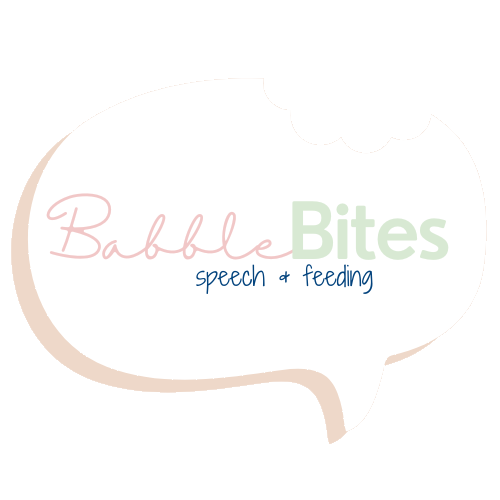“16 by 16”: The Gestures That Jumpstart Language and Learning
Clapping is one of the early baby gesture milestones—an important part of prelinguistic communication that supports language development before first words.
Before your baby says their first word, they're already telling you so much—through gestures. From showing and reaching to waving and pointing, these early movements are more than cute; they're foundational steps in language development.
What are Gestures?
Gestures are simple, purposeful movements that communicate meaning without using words, or non-verbal communication. Conventional gestures are common familiar movements—like waving hello or nodding yes—that most people in a shared culture recognize and use in the same way. Other gestures draw your attention to something, like pointing or reaching. There are also representational gestures, like flapping your arms to show “bird” or panting for “dog.” Gestures are considered a pre-linguistic language skill, as many gestures often show up before first words and give us a powerful glimpse into how a child’s communication is developing. When your baby gestures, they’re inviting you into a back-and-forth interaction that helps build foundational skills for language development.
Why Gestures Matter
Research indicates that the development of gestures from 9 to 16 months predicts language ability two years later, which is significant because preschool language skills predict academic success. Gestures allow your baby to communicate specific ideas with you, even before they are able to use words, which can help reduce frustration for both you and your baby.
Additionally, studies have found that children who use more gestures at 15 months tend to have better language and executive function skills between the ages of 2 and 4 years.
The "16 by 16" Milestone
Experts recommend that by 16 months, children should use at least 16 different gestures. These include common actions like waving "bye-bye," shaking the head for "no," and pointing to indicate interest. While the specific gestures and age at which they develop can vary from child to child, here is a general guideline for gestures you can work on and be on the look out for with your baby at each age:
9 months: give, shake head
10 months: reach, raise arms
11 months: show, wave
12 months: open-hand point, tap
13 months: clap, blow a kiss
14 months: index finger point, "shhh" gesture
15 months: head nod, thumbs up, hand up (wait/stop)
16 months: other symbolic gestures (e.g. high five, where/I don’t know, phone, one more time, animal gestures, hand motions in songs)
Check out what these gestures look like in the video below! Keep reading to learn more about how you can support your child’s gesture development!
Supporting Your Child's Gesture Development
Model Gestures: Use gestures naturally during interactions—wave when saying goodbye, nod for "yes," or shrug for "I don't know," pointing to objects to draw your baby’s attention (such as an airplane in the sky, or a dog you see on a walk).
Respond Promptly: Acknowledge and respond to your child's gestures to reinforce communication. If they wave, smile and wave back while adding a word (e.g. “bye-bye!”), if they point, look at what they’re pointing and label it (“Duck! I see the duck in the pond, too!”), if they clap, smile and clap with them!
Play Interactive Games: Engage in games like peek-a-boo or pat-a-cake that involve repetitive gestures, as well as singing songs with hand gestures (e.g. “Itsy Bitsy Spider,” “Wheels on the Bus,” “5 Little Monkeys”)
Read Together: While reading, point to pictures and encourage your child to do the same, fostering joint attention.
Final Thoughts
Recognizing and nurturing your child's early gestures can have a lasting impact on their language development and academic success. By paying attention to these silent signals, you're laying the foundation for a lifetime of learning.
If you have concerns with your child’s language development, speak to your pediatrician about a referral for a speech-language evaluation. Early intervention has been proven to have better outcomes than the outdated “wait and see” approach, so don’t wait - evaluate!
Follow us on Instagram for “bite-sized” information on language strategies:
This website and information on this blog post is provided for educational purposes only. It is not meant as medical advice, intended to replace a speech-language assessment, therapy from a speech-language pathologist, or serve as medical care for a child. It is recommended that you discuss any concerns or questions you might have with your speech-language pathologist, pediatrician, and medical team, and develop an individualized team plan specifically for your child.

